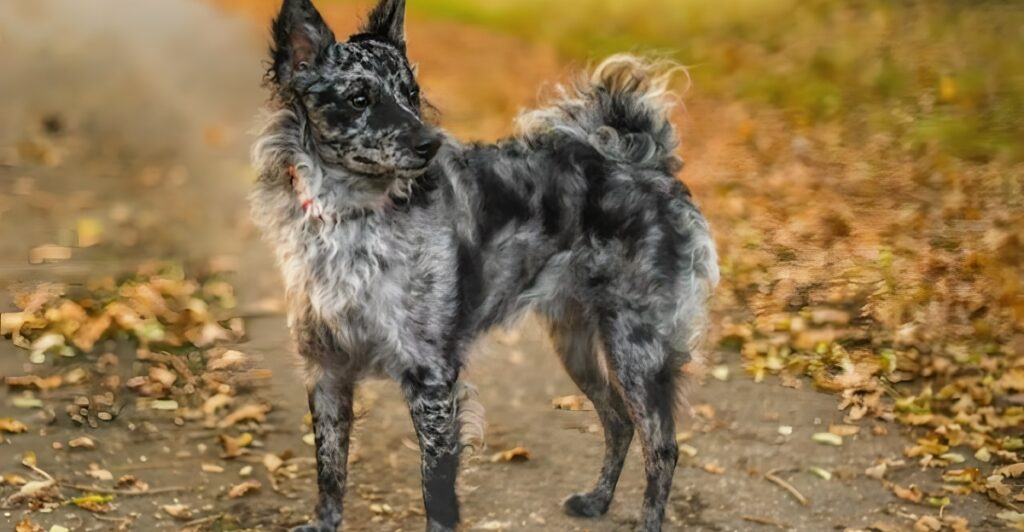
While around 400 breeds are recognized worldwide, the American Kennel Club has standards for purebreds, which means they only officially recognize 200. After years of recognizing those standards, new breeds are officially recognized each year. Many new dog breeds have been brought into the fold in the last few years alone. Let’s take a look at them.
Unique Breeds
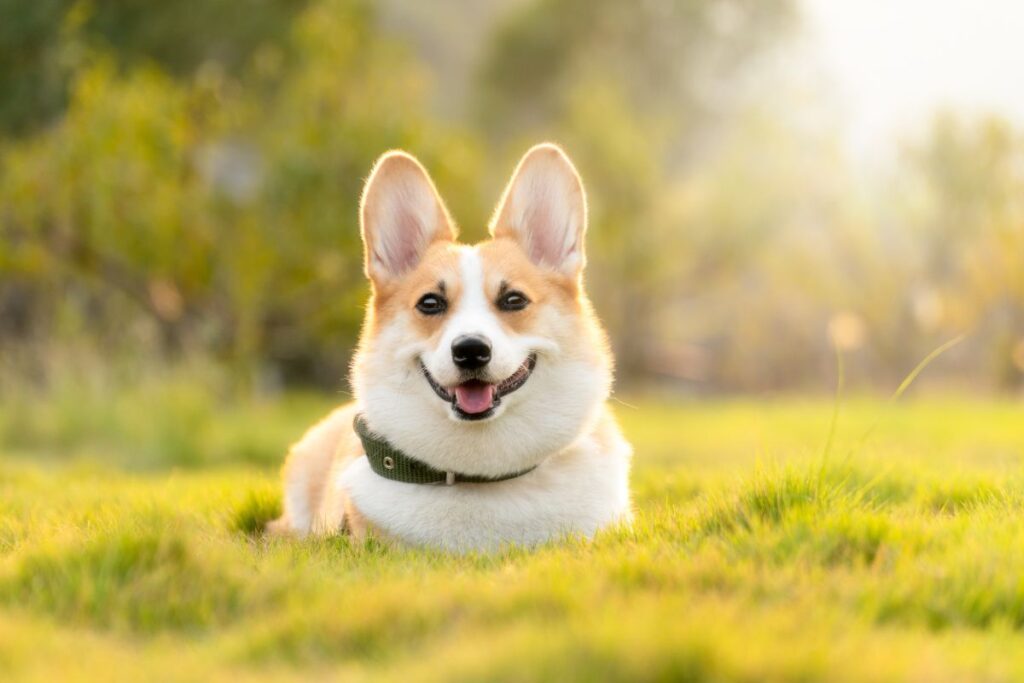
All of these new purebreds have lineages in other dogs and have been bred down enough to be considered unique breeds. Let’s take a look at the newest dog breeds and whether they’d be the right fit for potential adoptees.
Coton De Tulear
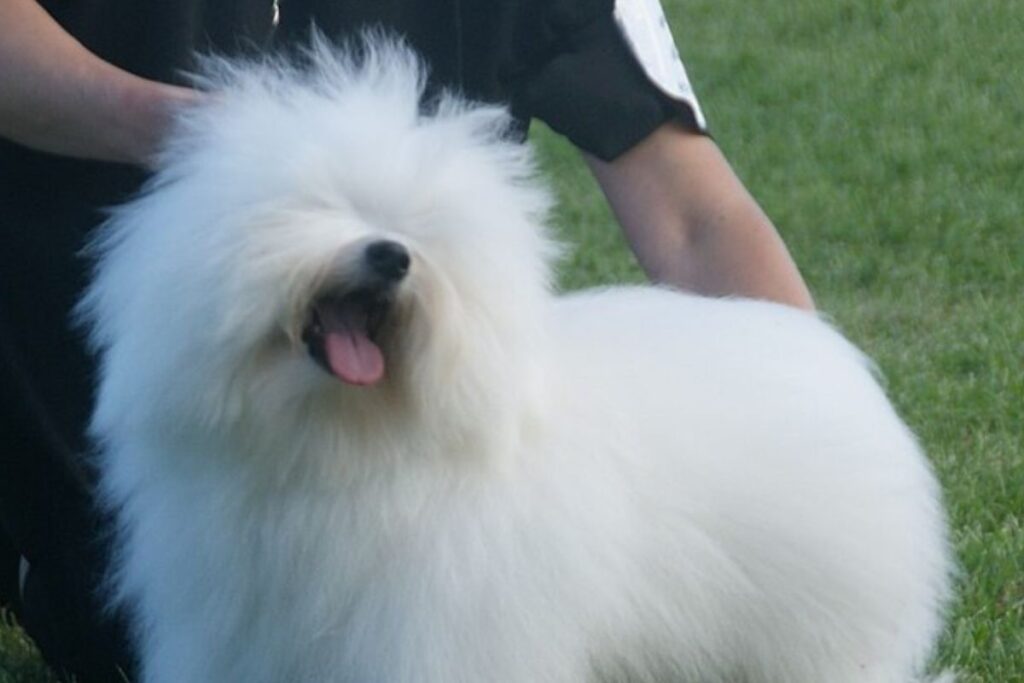
The Coton de Tulear has an interesting heritage, bred originally in Madagascar by coincidence. The dog is the national animal of the island, and the story goes that a Tenerife and a local dog found love and mated, creating the Coton de Tulear. Other sources believe the breed shares ancestry with the Bichon Havanese and Maltese. The breed used to be marked as a “royal dog” and could only be owned by nobles. This makes them quite rare today.
Cirneco Dell’Etna
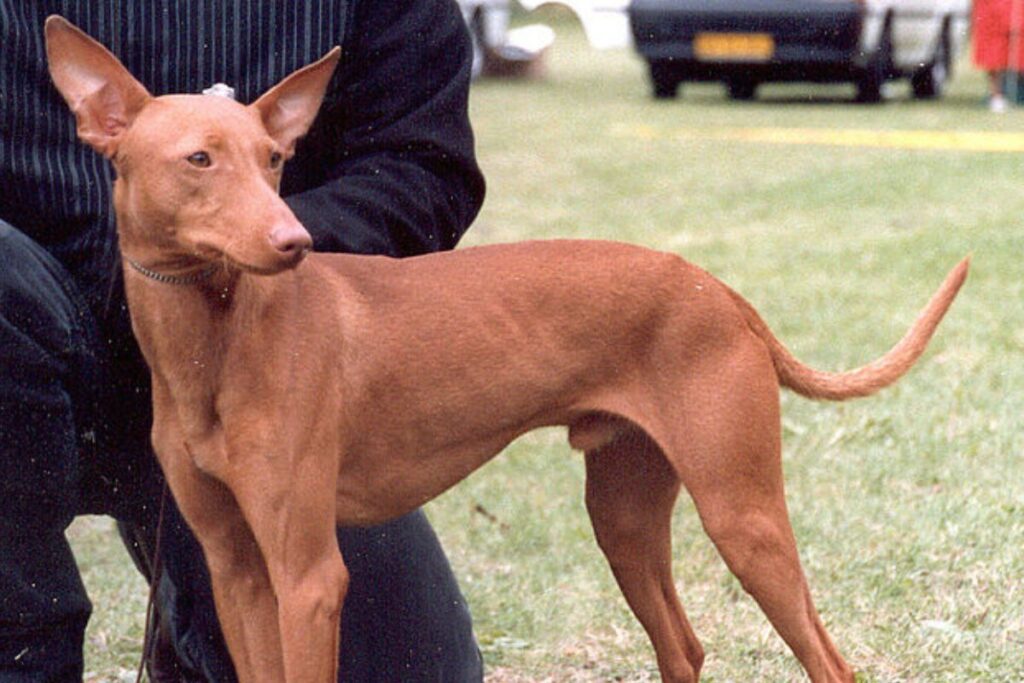
The Cirneco dell’Etna is a dog bred for speed with a lineage in Sicily and Ancient Greek culture. It is thought to have originated in Egypt before moving with some of its human companions to Sicily. The breed has been named after the volcano of the same name on the eastern side of the island. It has a hunting drive that’s still prominent today. Despite this, if it is brought up correctly, it makes amazing pets.
Azawakh
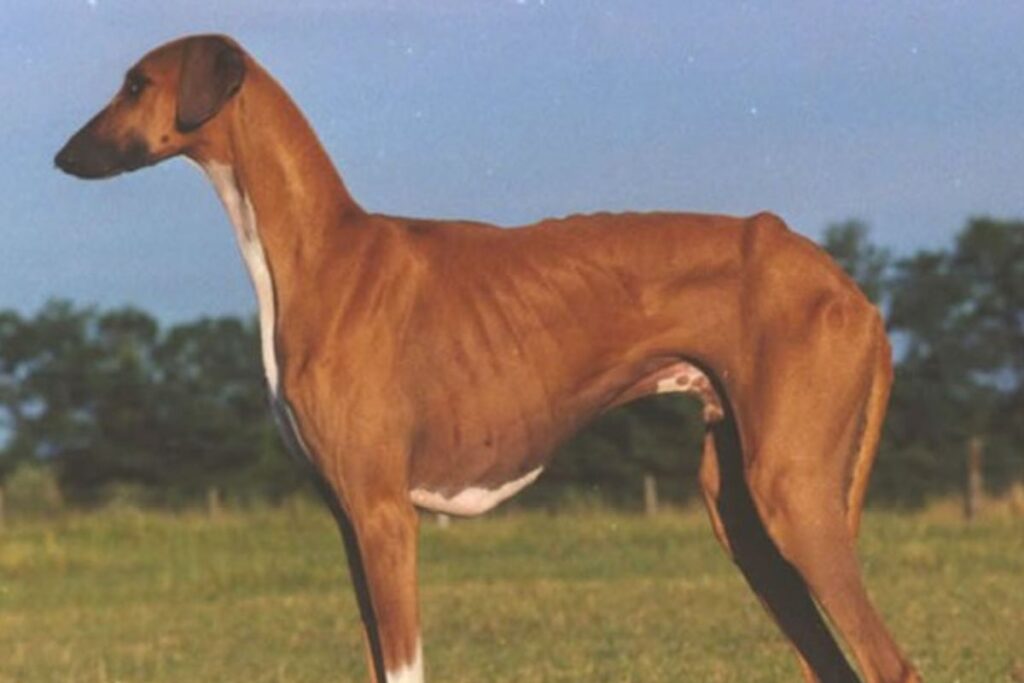
The azawakh originates from West African countries like Burkina Faso, Niger, and Mali. The stoic breed was bred to help out nomadic tribes, and they could both guard and hunt. They often worked together in packs. The Tuareg people primarily used the azawakh to protect their livestock and people. They have lean and defined muscles that are developed to help them get to high speeds quickly.
Barbet
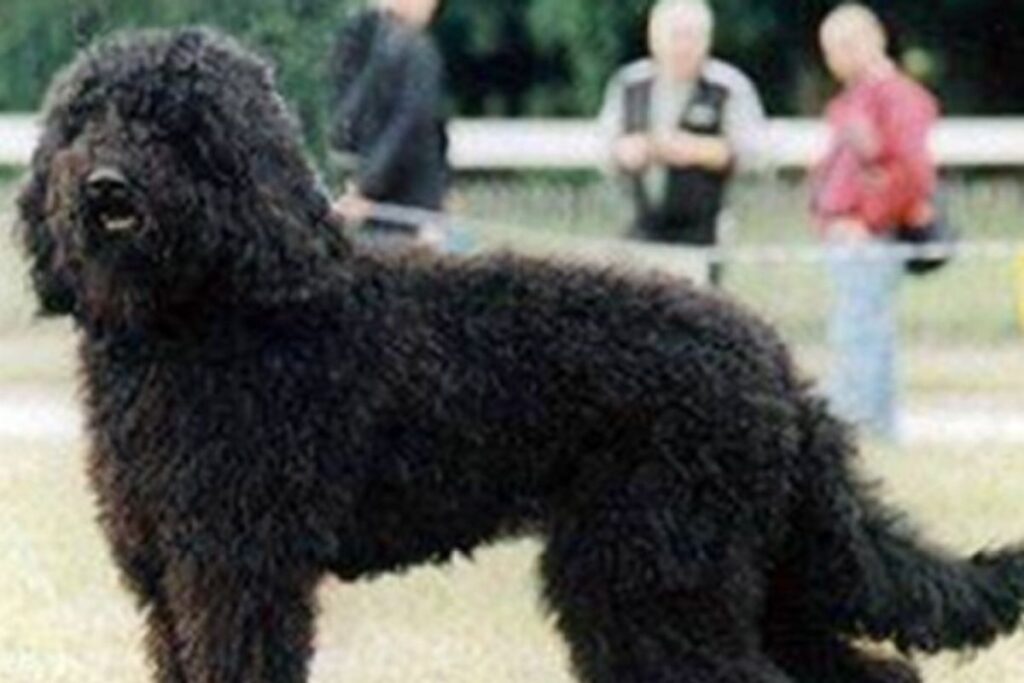
The barbet is a water dog that’s only been recognized by the American Kennel Club as of 2020. Despite this, the dog’s lineage has been dated as fair back as the 1300s and many consider it to be the ancestor to the poodle. The breed grows between 30-60 pounds and is very affectionate.
Belgian Laekenois
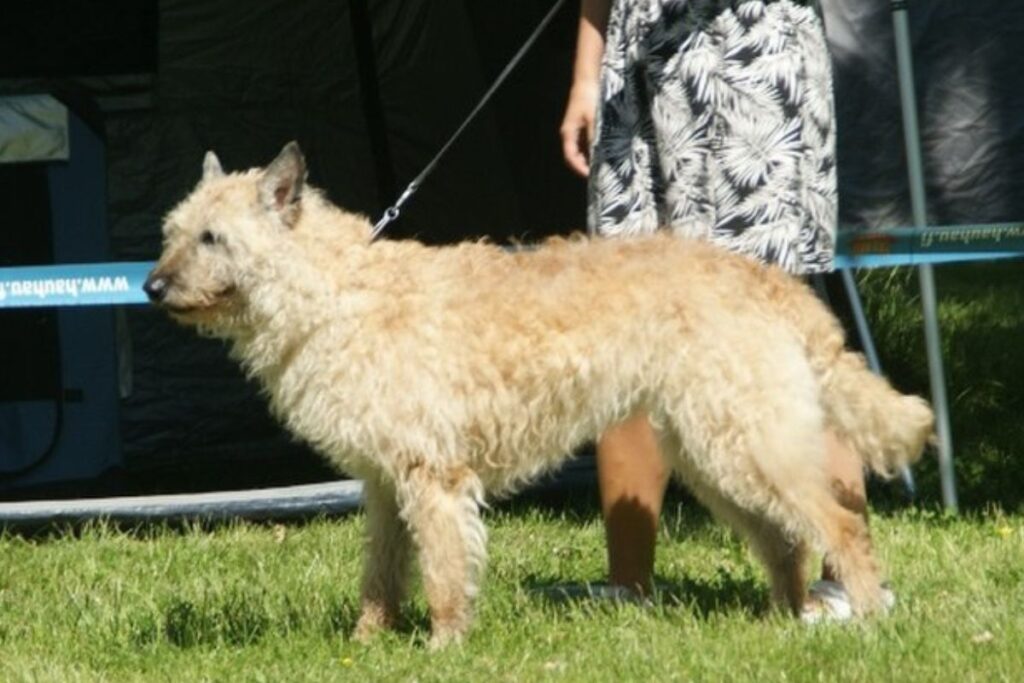
The Belgian Laekenois is similar to the Belgian Malinois, but the breed is different in some key areas. For example, the Laekenois has a ruffled coat. There are examples of the breed being messenger dogs in World War II and guarding livestock for farms. They are larger dogs at 55-65 pounds.
Dogo Argentino
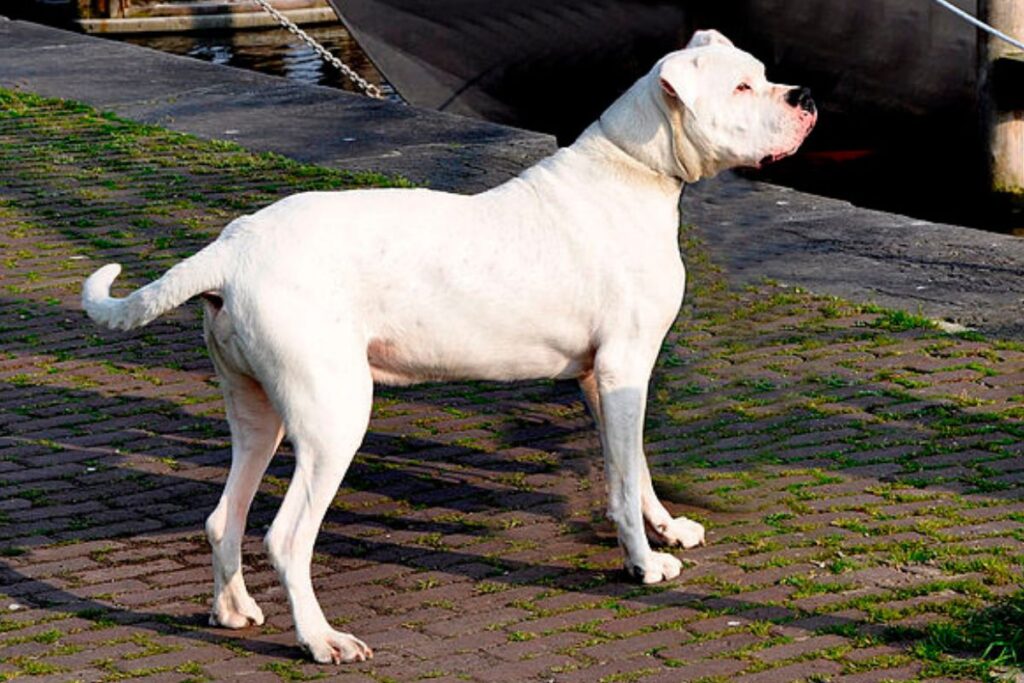
Speaking of large breeds, the Dogo Argentino is one of the largest examples of breeds at a massive 80-100 pounds. The muscular dog was bred to be able to assist in hunting bigger game that other breeds couldn’t. The breed was officially recognized in 2020 and has a distinctive white coat.
Bergamasco Shepherd
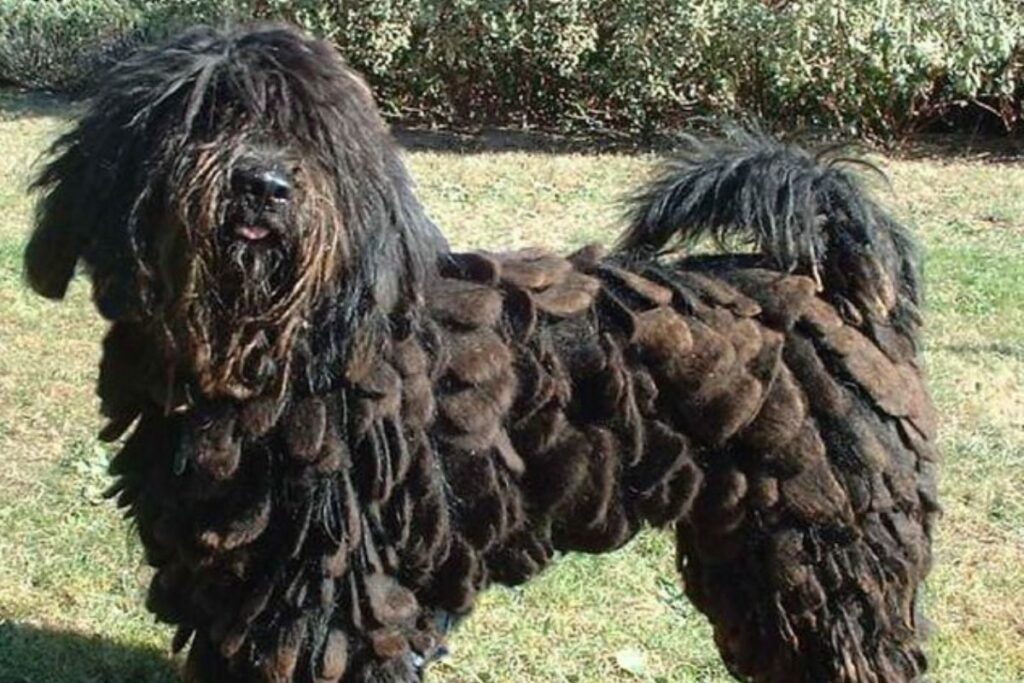
The Bergamasco shepherd comes from a 2000 year old lineage that originates in modern-day Iran. Nomads would use the Bergamasco shepherd to herd their livestock on the rugged mountains. One of their defining features is their stunning fur. They have a unique coat comprised of three different layers interknitting to protect themselves against the harsh conditions they were bred in.
Bracco Italiano
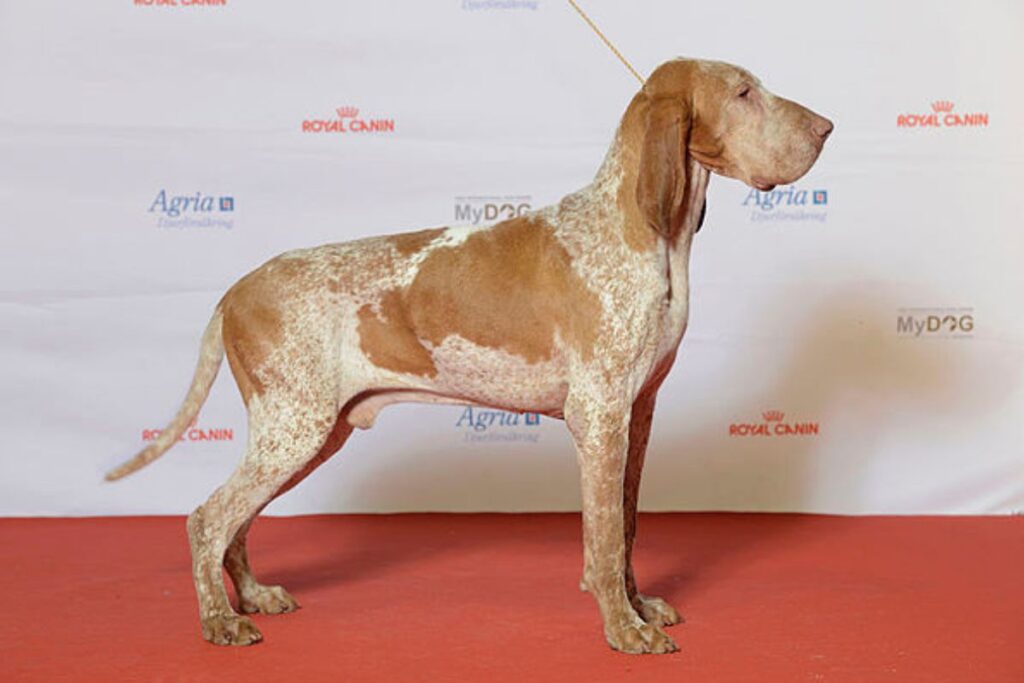
The Bracco Italiano is another large breed that can weigh up to 90 pounds! They have their roots in the Rainessance period and is thought to be a descendant of the Persian mastiff and the Egyptian hound. The lineage of the dog can be dated back from before the fifth century where they are described as an Italian pointing dog.
Russian Toy
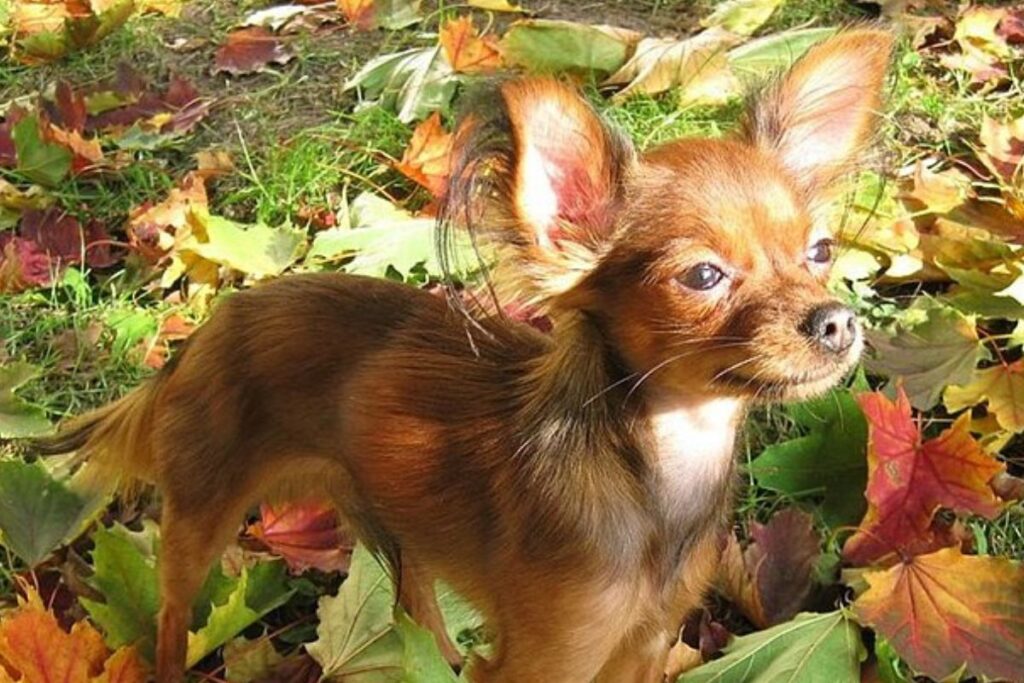
The Russian toy has its heritage in aristocracy. It is believed that the Russian toy descends from the English toy and that the breed was given to Russian persons of high status as gifts. Enough for given for the group of dogs to bred on their own and into the unique breed that we have today. The breed is only about 6.5 pounds heavy and can have two distinct coats – short or long.
Mudi
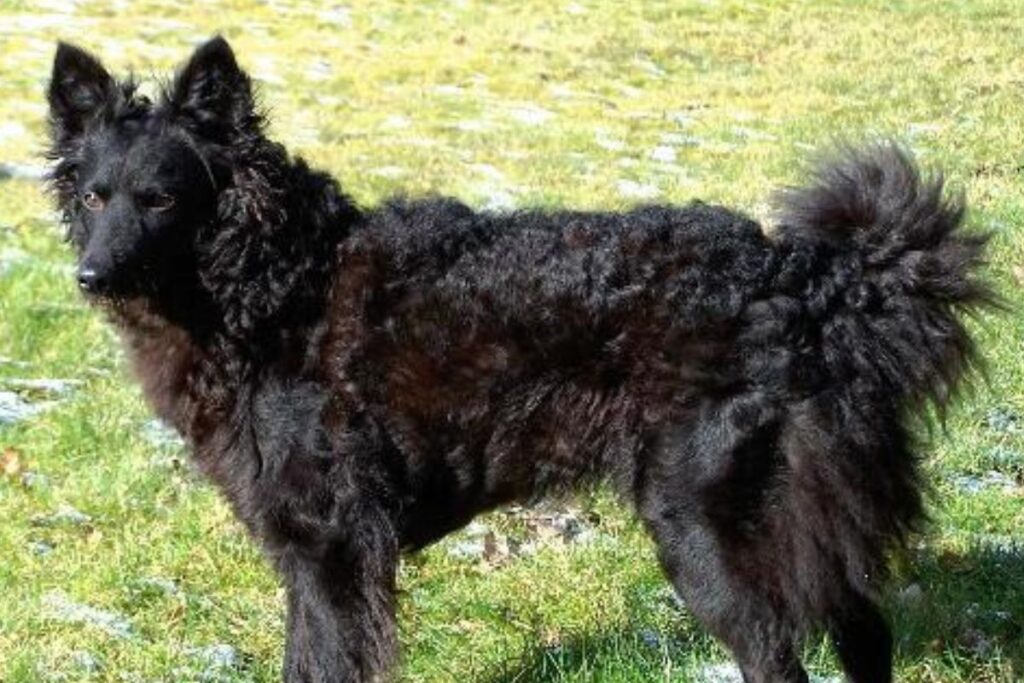
The Mudi dog has its roots in Hungary and is believed to be a cross between a spitz and a herding dog, making the perfect combination for a farm. The Mudi can weigh around 18-30 pounds and has a knack for herding and search and rescue, as examples of both have been found in the U.S. and Finland.
Biewer Terrier
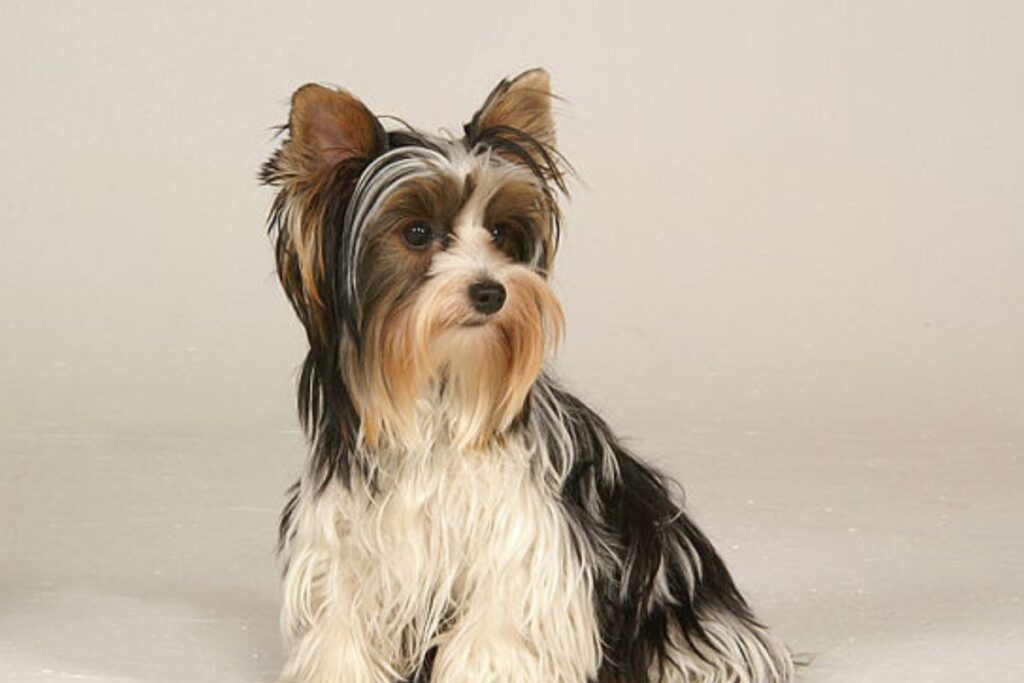
Despite being commonly mistaken for a Yorkshire terrier, the Biewer terrier was finally recognized in 2021. One of the only distinctive features that the Biewer terrier has over the Yorkshire terrier is that their fur isn’t one color but rather blotched and spotty (piebald). The breed is thought to have descended from piebald Yorkshire terrier in Germany and is quite rare.
Source:
Stay connected with us for more stories like this! Follow us to get the latest updates or hit the Follow button at the top of this article, and let us know what you think by leaving your feedback below. We’d love to hear from you!







